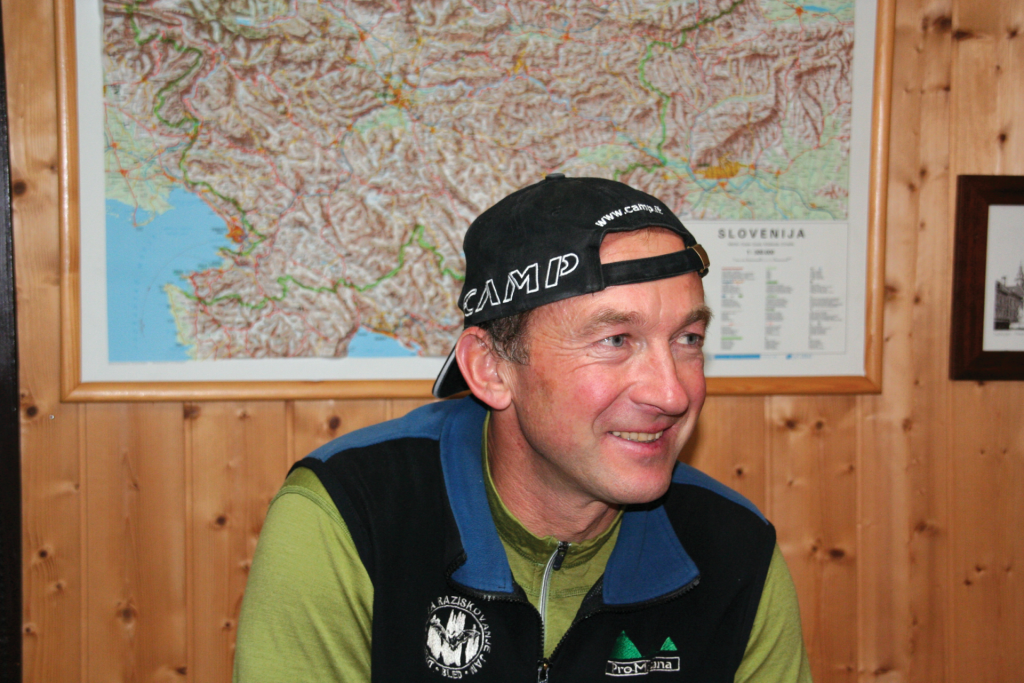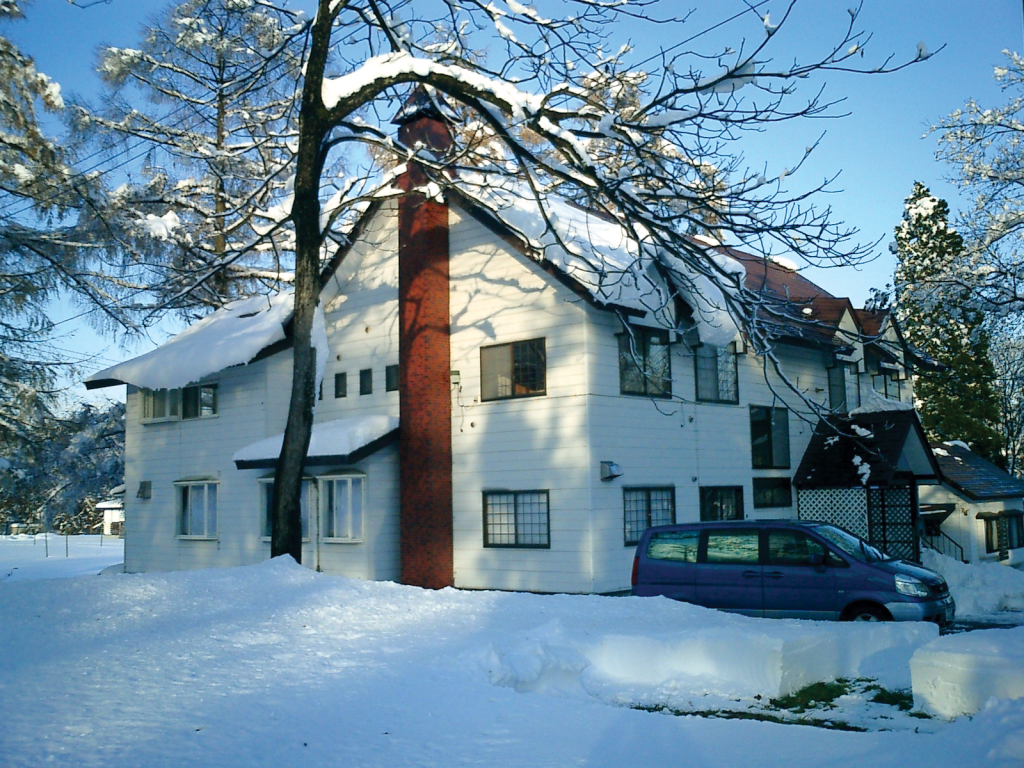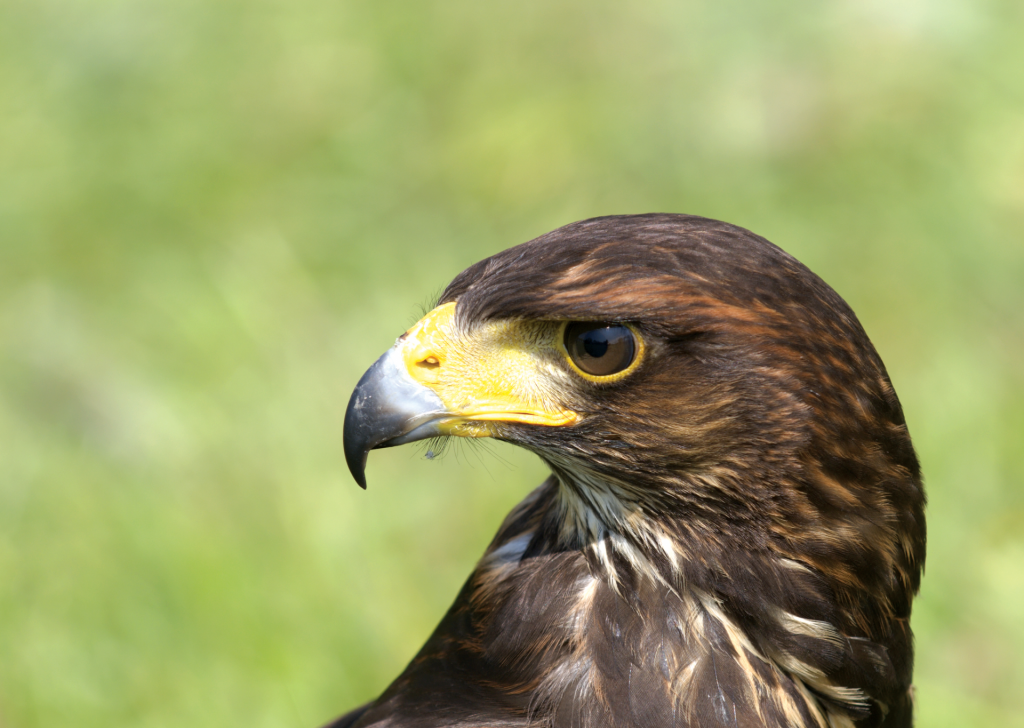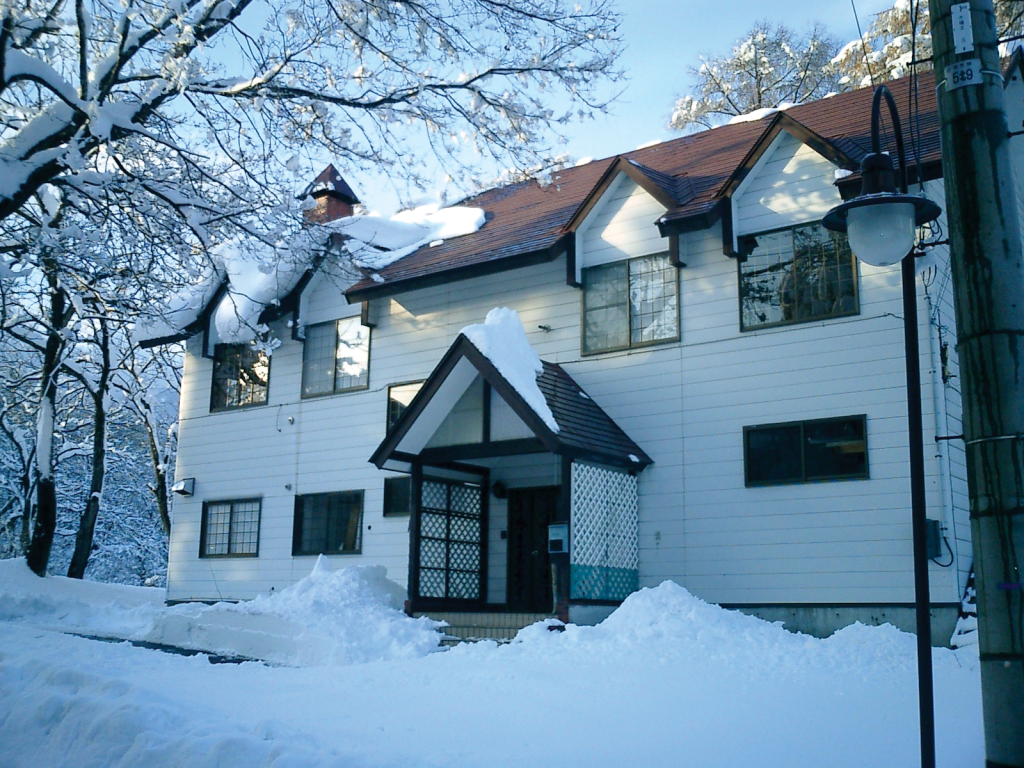
Michael Perrin spent his childhood trekking the holly-and-spruce-filled ridges of the Appalachian Mountains. A native of Atlanta, Georgia, he came to Japan in 1988 to study Japanese history and quickly discovered the mountains and hills were much steeper than what he was used to as a teenager. “I realized Japan was perfect for skiing and paragliding,” he says. “It’s what keeps me here.”
While working for a big conglomerate in Nagaoka, Niigata, his co-workers said he’d only find wet, soppy snow in Niigata. “They obviously never went to Myoko,” he counters. “The powder had me coming back every weekend. If I wasn’t snowboarding, I’d be enjoying Nordic or backcountry skiing.”

Like many resort areas, Myoko saw its fair share of pensions shut down when the proverbial bubble burst in the late 1990s. Michael found one such place closed for more than a decade and, after a lot of renovation, The Hawk and Hare Inn opened for business in the summer of 2007.
The name, besides sounding like a British or colonial American pub, describes the inn’s mascot as well as her quarry. The hawks living on the grounds, and the opportunity for guests to try their hand at the ancient art of falconry is unique.

Mike enjoys cross-country skiing with the hawks as the birds of prey are fairly inactive in spring and summer due to the feather molt. The inn offers snowshoe and Nordic treks, as well as the exclusive falconry classes from autumn to early spring.
Myoko Kogen (highland) covers a wide area forming the base of several mountains including Mt. Hiuchi and Mt. Myoko between Nagano and the Sea of Japan. As you travel inland, you’ll notice big changes from the high precipitation and heavy snow fall near the sea to the dry, cold powdery snow of Nagano and the Northern Alps.

When asked the best time to visit, Mike doesn’t hesitate to answer, “Without a doubt, winter.” The inn is located at the base of Akakura and Ikenotaira ski resorts, and just a five-minute drive to Suginohara Resort. Suginohara boasts the longest ski run in Japan (8.5 km. from top to bottom) while Akakura has the steepest (38-degree run called The Wall).
Not surprisingly, they get plenty of snowboarders and backcountry skiers who can take the free shuttle service to any of the more than 30 resorts in the area. Snowshoe and Nordic tours are also available.
After the snow melts, “The inn gets more fishing enthusiasts than golfers and tennis players combined and some hikers,” Michael says.
“The lakes and rivers are full of trout, bass, wakasago and funa.” The Akakura Golf Course and Myoko Country Club are right next door, and the Myoko Forest Tennis Center is nearly in the backyard with its 12 clay courts. Also, mountain bike courses and paraglide jump points abound.
Then, be sure to soak away the aches and pains after an active day. The big three onsen (hot springs) are Akakura, Tsubame and Seki. Tsubame Onsen is the local favorite, nestled in a breathtaking ridge high within the folds of Mt. Myoko. “Just make sure the monkeys don’t take your clothes,” Mike warns.
ESSENTIALS
Name: The Hawk and Hare Inn
Owner: Mike Perrin
Address: 1452 Taguchi, Myoko-shi, Niigata ken 949-2106
Tel: (0255) 87-2262
E-mail: stay@hawkandhare.com
Web: www.hawkandhare.com
GETTING THERE
From Tokyo
By Train: Nagano Shinkansen to Nagano City >>> Shinetsu Line to Myoko Kogen Stn.
By Car: Kanetsu Expressway >>> Joshinetsu Expressway toward Nagano and exit at Myoko Kogen I.C. Also the Chuo Expressway >>> Okaya Junction toward Nagano City and exit at Myoko Kogen I.C.
From Kansai
By Train: Hokuriku Line (via Kyoto) to Naoetsu, switch to Shinetsu Line to Myoko Kogen Stn.
By Car: Hokuriku Highway >>> Joetsu Junction >>> Joshinetsu Highway to Myoko Kogen I.C.





